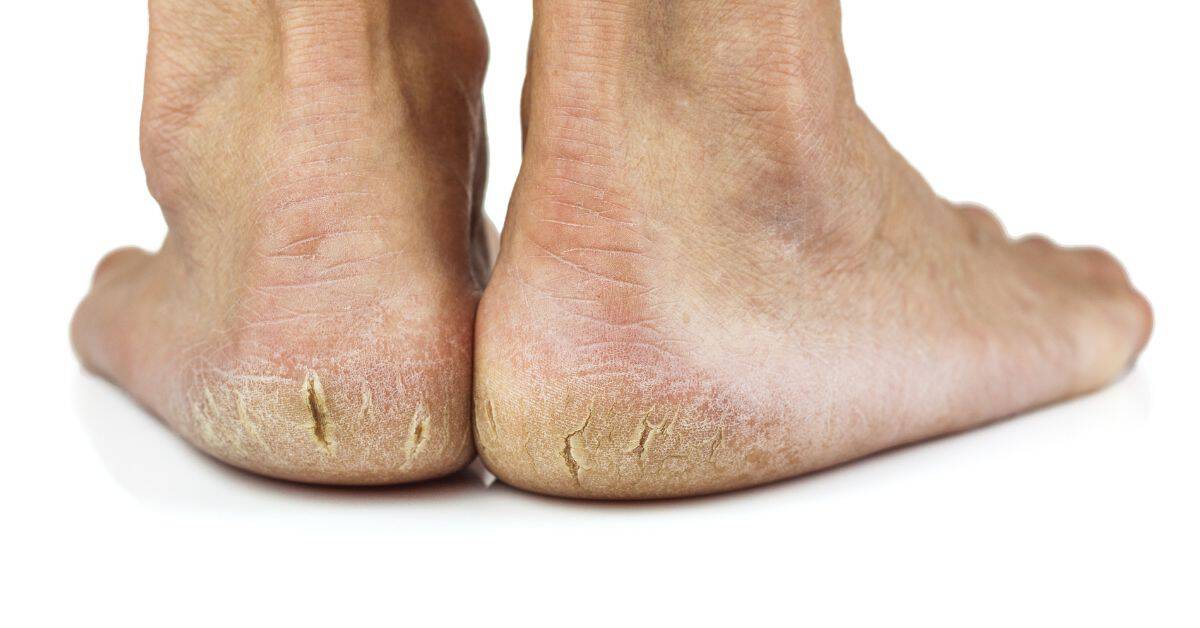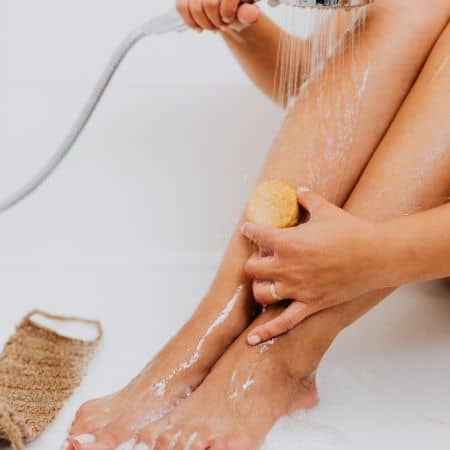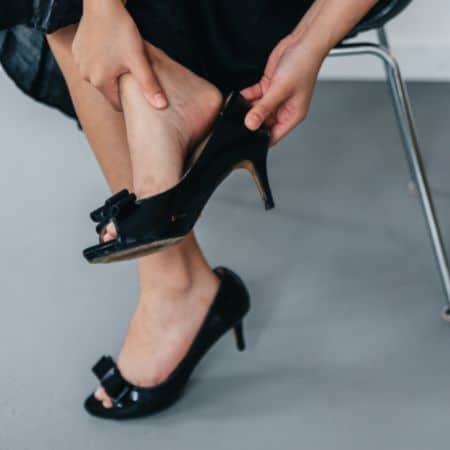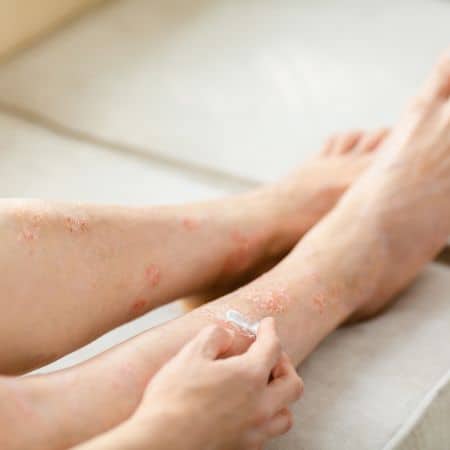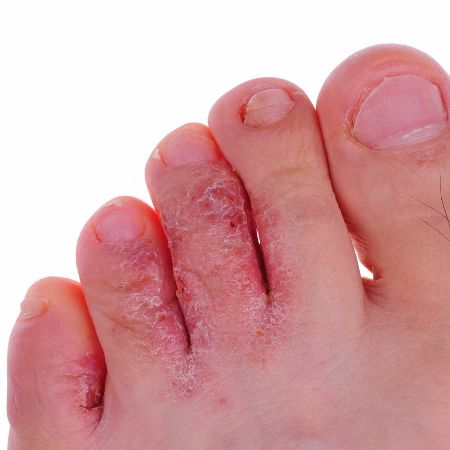
Athlete’s Foot (Tinea Pedis)
Athlete’s Foot is very common. Properly known as Tinea Pedis, it is a itchy fungal infection and so spreads very easily. You will notice a rash that is red, scaly and dry that peels and feels itchy. Commonly presents on the sides of the heels and in the webbing of toes. Fungus thrive in humid areas and often spread in pools and communal showers. It can also spread through soil and even in the air.
If you find you have Athlete’s Foot, there are plenty of effective over-the-counter antifungal medications that should clear it up. If that doesn’t work, a visit to the doctor may be in order for an even stronger medication. These days there are even options without the need for medication, such as Lunula cold nail laser. Your podiatrist will be able to advise you on the best course of treatment.
So, what causes dry feet?
The answer is there are many factors that might be contributing to your dry feet. First make the necessary lifestyle changes. If you find you are still struggling with the issue, book an appointment with your local podiatrist for foot care and further advice.


